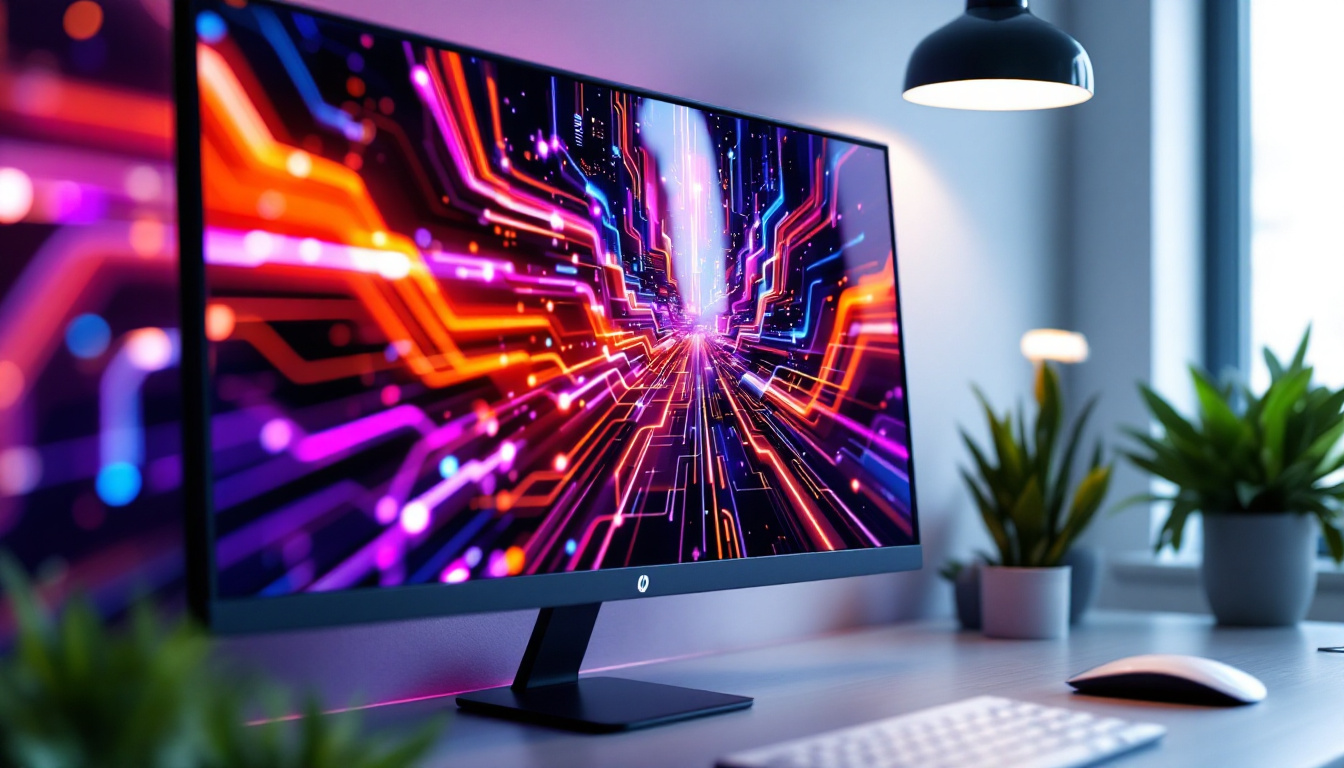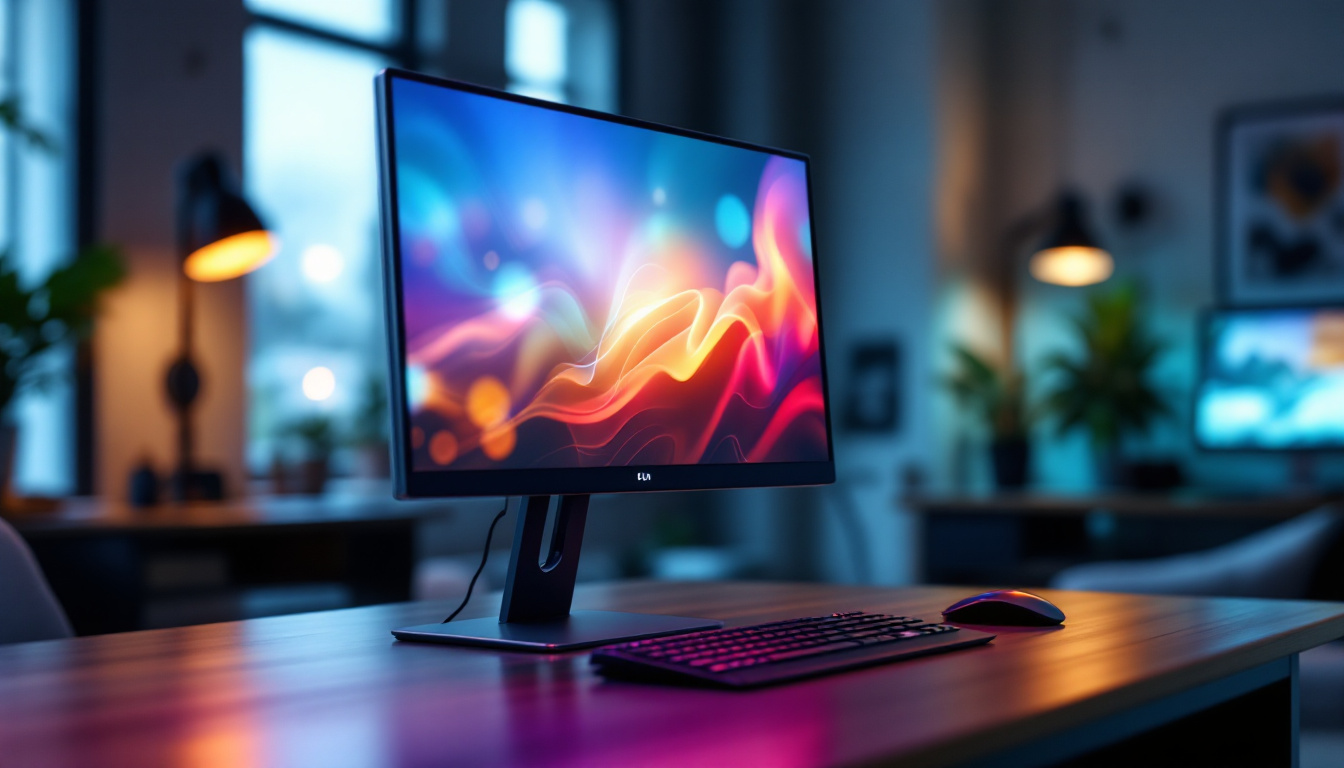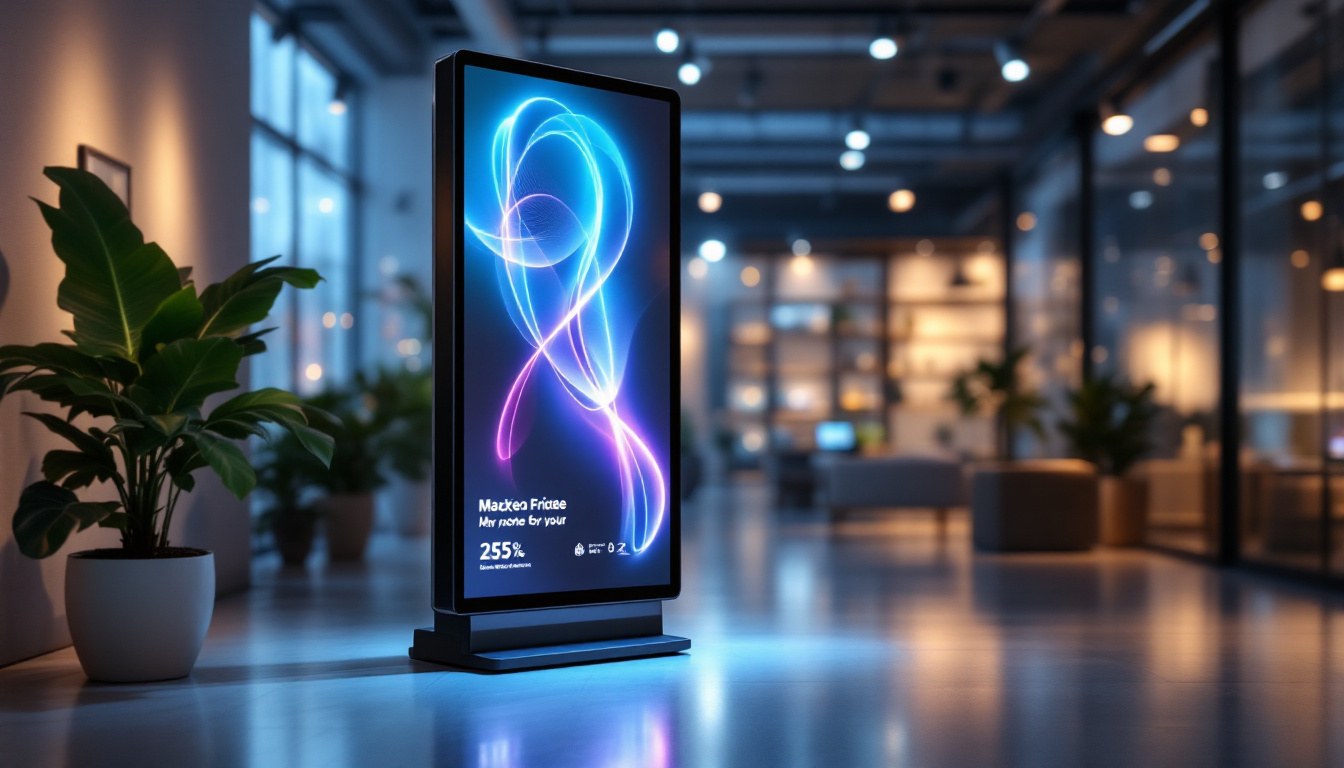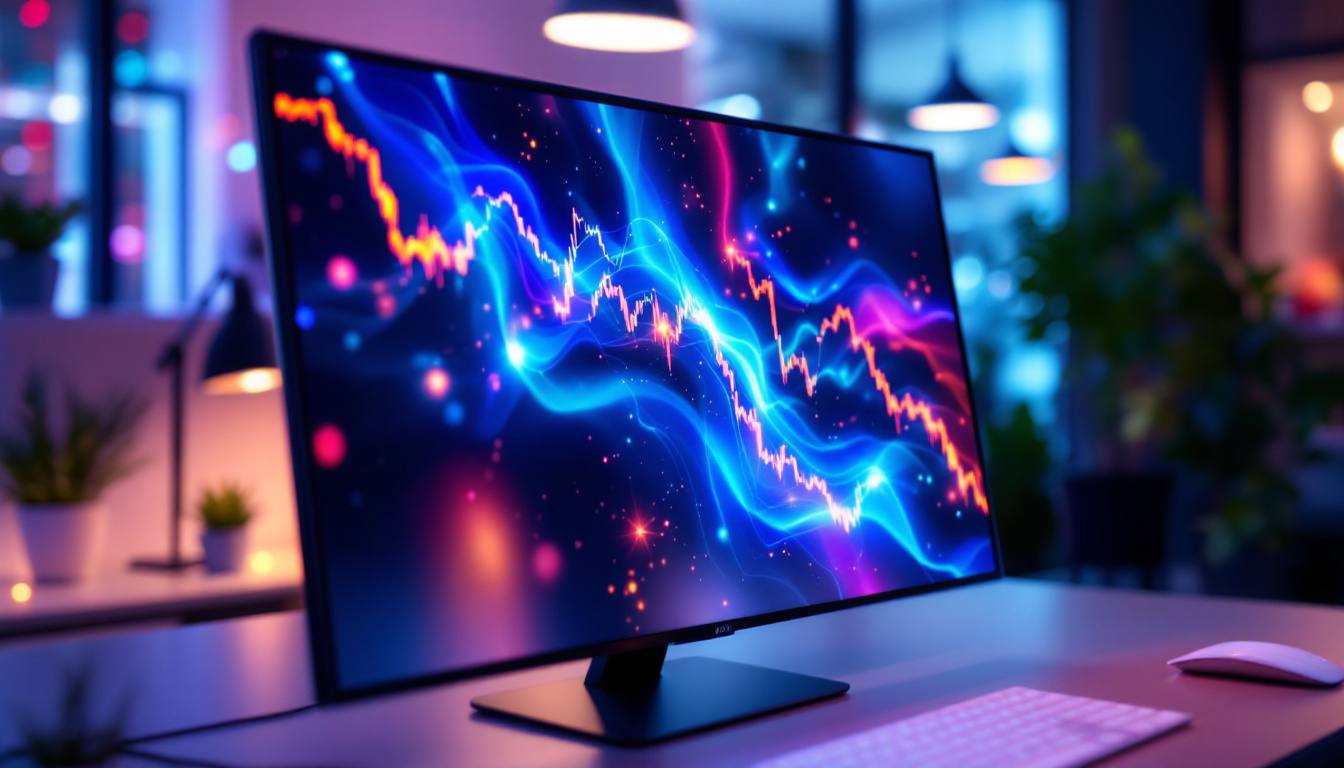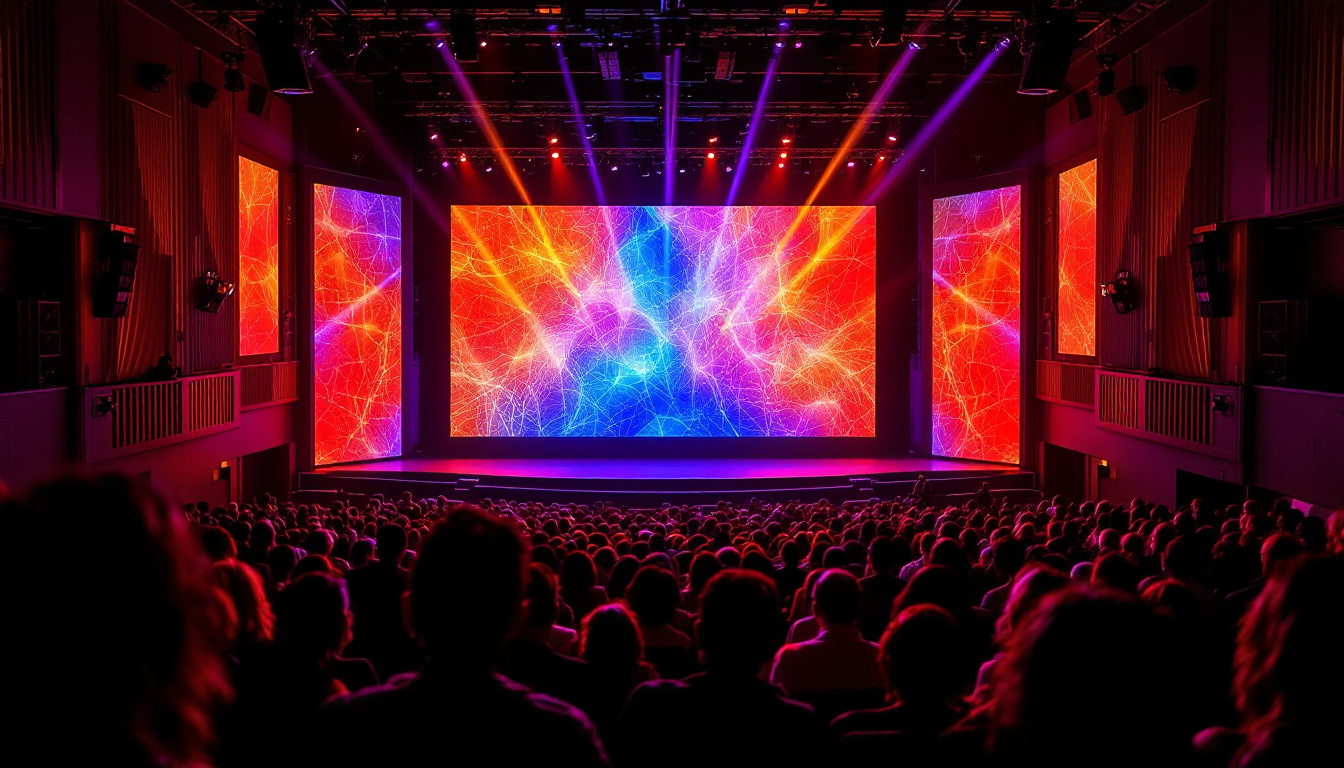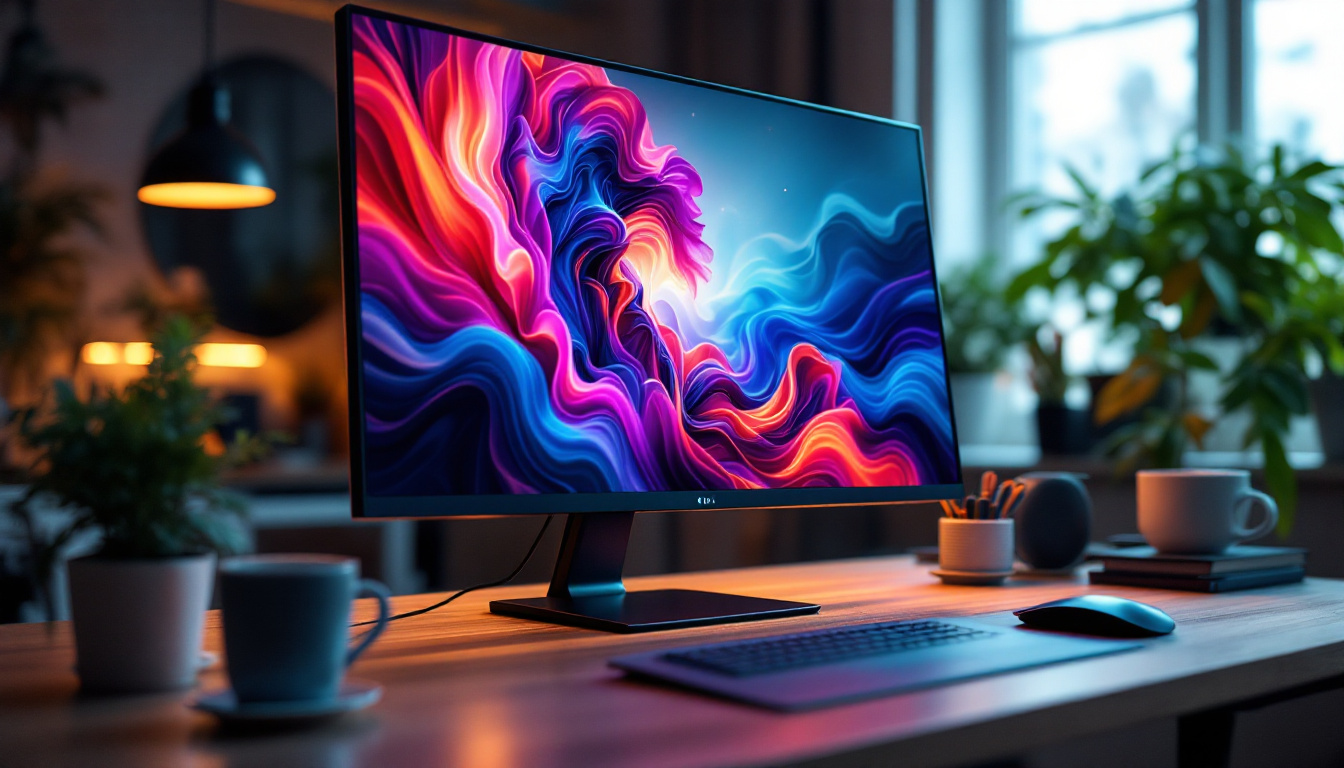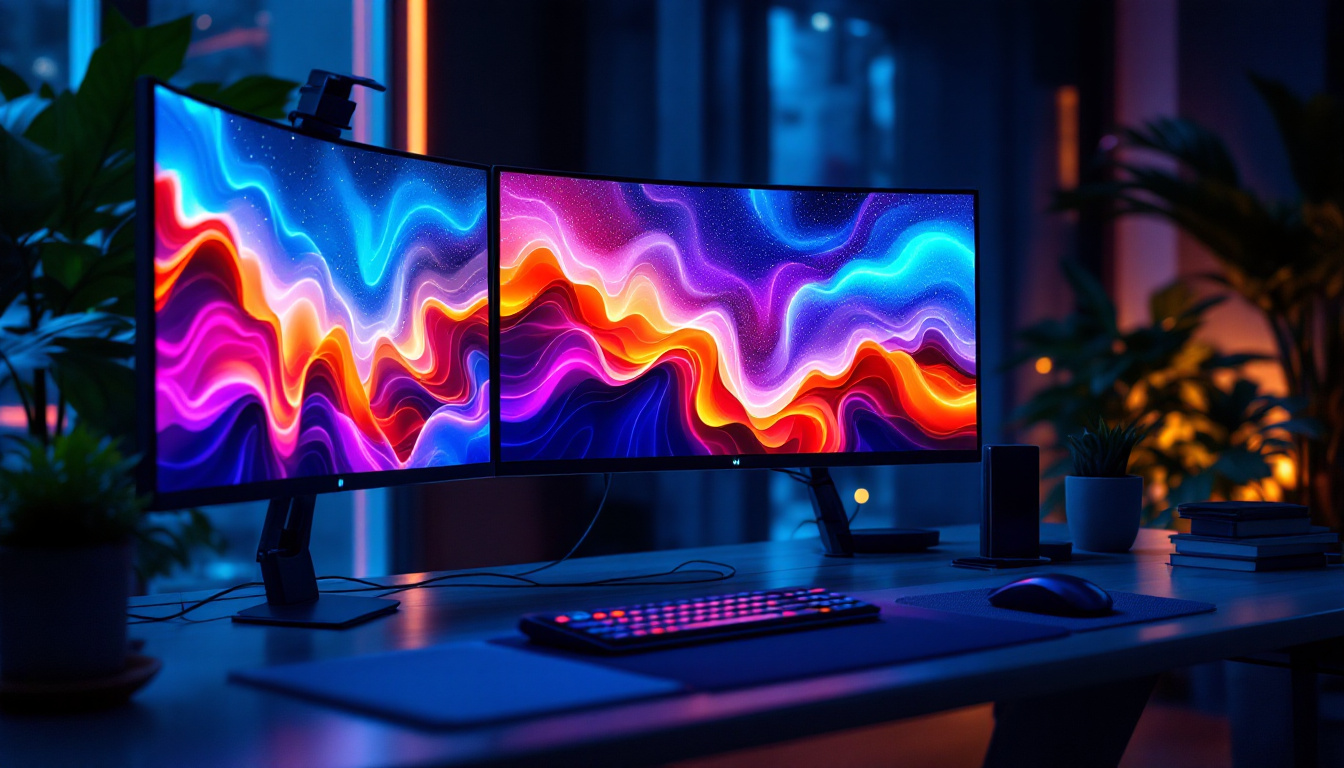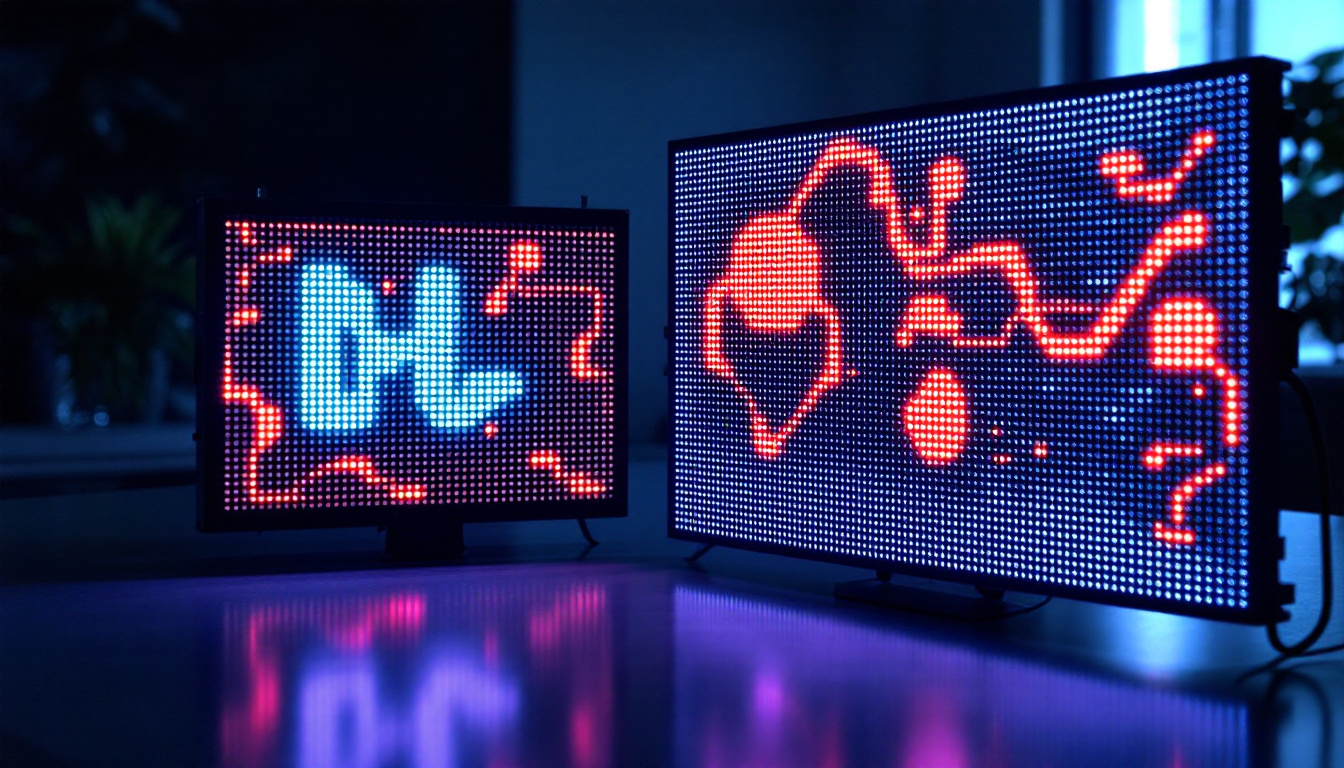In the rapidly evolving world of technology, touch screen monitors have become an essential tool for both personal and professional use. Among the various brands available, HP stands out for its innovative designs and high-quality displays. This article delves into the features, benefits, and technology behind HP’s touch screen computer monitors, particularly focusing on their LED displays.
Understanding Touch Screen Technology
Touch screen technology has revolutionized the way users interact with computers. Unlike traditional monitors that rely solely on a mouse and keyboard, touch screens allow for direct interaction through touch, making navigation more intuitive and user-friendly. This shift has not only changed personal computing but has also influenced various industries, from retail to healthcare, where the immediacy of touch can enhance service delivery and user satisfaction.
Types of Touch Screen Technology
There are several types of touch screen technologies, each with its own advantages and applications. The most common types include resistive, capacitive, and infrared touch screens.
Resistive touch screens consist of multiple layers that register touch when pressure is applied. They are cost-effective and work well with gloves or styluses, making them suitable for various environments, including industrial settings and outdoor kiosks. On the other hand, capacitive touch screens use the electrical properties of the human body to detect touch, allowing for multi-touch capabilities and a more responsive experience. This technology is prevalent in smartphones and tablets, where gestures like pinch-to-zoom have become standard. Infrared touch screens use a grid of infrared beams to detect touch, offering high durability and clarity, making them ideal for applications that require high visibility and resistance to wear and tear.
Benefits of Touch Screen Monitors
Touch screen monitors provide numerous benefits that enhance user experience. One of the primary advantages is the ease of use. Users can interact directly with the screen, which simplifies tasks such as scrolling, zooming, and selecting options. This direct manipulation of content not only feels more natural but also reduces the learning curve for new users, making technology more accessible to people of all ages.
Additionally, touch screens can increase productivity. In professional settings, they facilitate quick access to applications and data, allowing users to multitask efficiently. For instance, in a fast-paced retail environment, employees can swiftly check inventory or process transactions with just a few taps. Furthermore, touch screens are often more engaging for presentations and collaborative work, making them ideal for educational and business environments. Interactive whiteboards equipped with touch technology encourage participation and creativity during brainstorming sessions and lectures, transforming traditional learning and meeting dynamics into more interactive experiences. This interactivity can lead to better retention of information and a more dynamic exchange of ideas among participants.
HP’s Touch Screen Monitors: An Overview
HP has established itself as a leader in the touch screen monitor market, offering a range of products that cater to various needs. From sleek designs to advanced features, HP’s monitors are designed to enhance the user experience. The company has consistently pushed the boundaries of innovation, ensuring that their touch screen monitors are not only functional but also aesthetically pleasing, making them a perfect fit for both home and office environments.
Key Features of HP Touch Screen Monitors
HP touch screen monitors come equipped with several key features that set them apart from competitors. One of the standout features is the high-definition LED display, which provides vibrant colors and sharp images. This is particularly important for graphic design, video editing, and gaming, where visual clarity is crucial. Additionally, many models incorporate anti-glare technology, which minimizes reflections and enhances visibility in bright environments, making them suitable for various lighting conditions.
Another notable feature is the ergonomic design. Many HP monitors are adjustable, allowing users to customize their viewing angles for optimal comfort. This is especially beneficial for long hours of use, as it helps reduce strain on the neck and eyes. Furthermore, some models include features like blue light filtering and flicker-free technology, which contribute to a healthier viewing experience by reducing eye fatigue during extended sessions.
Popular HP Touch Screen Models
HP offers a variety of touch screen monitor models, each tailored to different user needs. The HP EliteDisplay series is designed for professionals who require high performance and reliability. These monitors often feature advanced connectivity options, including USB-C and DisplayPort, making them versatile for various setups. They also come with enhanced security features, such as integrated privacy screens and HP’s Sure View technology, which protects sensitive information from prying eyes, making them ideal for corporate environments.
For home users, the HP Pavilion series provides an excellent balance of performance and affordability. These monitors are perfect for everyday tasks such as browsing, streaming, and casual gaming, while still offering the benefits of touch screen technology. In addition, the Pavilion series often includes built-in speakers and a sleek design that complements modern home decor, ensuring that users not only enjoy functionality but also an appealing aesthetic. Moreover, many of these models support various operating systems, allowing seamless integration with different devices, which enhances their usability across multiple platforms.
LED Display Technology Explained
LED (Light Emitting Diode) display technology is a significant advancement in the field of monitors. Unlike traditional LCD displays that use fluorescent backlighting, LED displays use an array of tiny diodes to produce light, resulting in numerous advantages.
Advantages of LED Displays
One of the primary advantages of LED displays is their energy efficiency. LED monitors consume less power than their LCD counterparts, making them more environmentally friendly and cost-effective in the long run. This is particularly important for businesses looking to reduce operational costs. In fact, studies have shown that switching to LED technology can lead to energy savings of up to 50%, which can translate into substantial savings over time, especially for large organizations with multiple displays.
Additionally, LED displays offer superior brightness and contrast. This means that colors appear more vibrant, and blacks are deeper, enhancing the overall visual experience. This is especially beneficial for tasks that require color accuracy, such as graphic design and photo editing. Furthermore, LED displays have a wider color gamut, allowing for more accurate color reproduction, which is crucial for professionals in creative fields who rely on precise color matching.
How LED Displays Enhance Touch Screen Monitors
The integration of LED technology into touch screen monitors significantly enhances their performance. The combination of touch screen capability with LED displays results in a responsive and visually stunning user experience. Users can enjoy smooth touch interactions while benefiting from the rich colors and sharp images that LED technology provides. This responsiveness is particularly important in educational settings, where interactive learning tools can engage students more effectively, making lessons more dynamic and memorable.
Moreover, LED displays are generally thinner and lighter than traditional monitors, allowing for sleeker designs. This is particularly advantageous for touch screen monitors, which are often used in environments where space is limited or where aesthetics are a priority. The slim profile of LED touch screen monitors makes them ideal for use in modern retail displays, kiosks, and even in smart home applications, where they can blend seamlessly into contemporary interiors. Additionally, the durability of LED technology means that these monitors can withstand the rigors of frequent use, making them a reliable choice for high-traffic areas.
Choosing the Right HP Touch Screen Monitor
When selecting an HP touch screen monitor, several factors should be considered to ensure that it meets the user’s needs. Understanding the specifications and features can help in making an informed decision.
Screen Size and Resolution
The screen size and resolution are critical factors in determining the overall usability of a monitor. HP offers a range of sizes, from compact models suitable for small workspaces to larger displays ideal for collaborative environments. Higher resolutions, such as Full HD (1920×1080) or 4K (3840×2160), provide sharper images and more screen real estate for multitasking.
Connectivity Options
Another important consideration is the connectivity options available on the monitor. HP touch screen monitors typically come with multiple ports, including HDMI, USB-C, and DisplayPort. Having a variety of connectivity options allows users to easily connect their devices, whether it’s a laptop, tablet, or other peripherals.
Maintenance and Care for HP Touch Screen Monitors
To ensure the longevity and optimal performance of HP touch screen monitors, proper maintenance and care are essential. Regular cleaning and careful handling can prevent damage and keep the display looking pristine.
Cleaning the Touch Screen
Cleaning the touch screen should be done with care to avoid scratching the surface. It’s advisable to use a microfiber cloth and a gentle cleaning solution specifically designed for electronics. Avoid using harsh chemicals or abrasive materials, as these can damage the screen.
Additionally, users should be mindful of their hands when using the touch screen. Keeping hands clean can help prevent smudges and fingerprints, ensuring a clear view of the display.
Software Updates and Calibration
Regular software updates are crucial for maintaining the performance of touch screen monitors. HP often releases updates that enhance functionality and address any potential issues. Users should check for updates periodically to ensure their monitors are running smoothly.
Calibration is another important aspect, particularly for users who rely on color accuracy. HP monitors typically come with built-in calibration tools, allowing users to adjust settings for optimal display quality.
Conclusion
HP touch screen computer monitors with LED displays offer a unique blend of functionality, aesthetics, and performance. Their advanced technology enhances user interaction, making them suitable for a variety of applications, from professional environments to casual home use. By understanding the features and benefits of these monitors, users can make informed decisions that best suit their needs.
As technology continues to advance, HP remains at the forefront, providing innovative solutions that enhance the user experience. Investing in an HP touch screen monitor not only improves productivity but also elevates the overall computing experience.
Discover LumenMatrix’s Advanced LED Display Solutions
As you consider the benefits of HP touch screen monitors for your professional or personal use, remember that the right LED display technology can significantly enhance your interactive experience. LumenMatrix, a leader in LED display innovation, offers a wide array of solutions tailored to meet your needs. From captivating Indoor and Outdoor LED Wall Displays to dynamic Vehicle and Sports LED Displays, each product is designed to revolutionize visual communication and engagement. Elevate your environment with LumenMatrix’s Custom, All-in-One, or Transparent LED Displays, and experience the power of cutting-edge technology. Check out LumenMatrix LED Display Solutions today and transform the way you share your message with the world.

